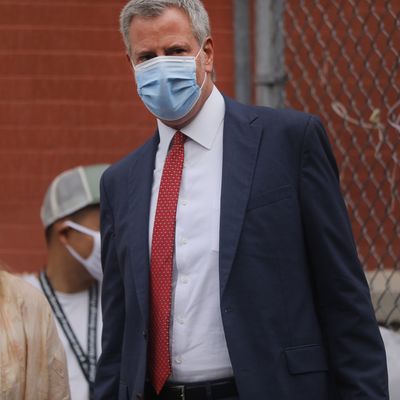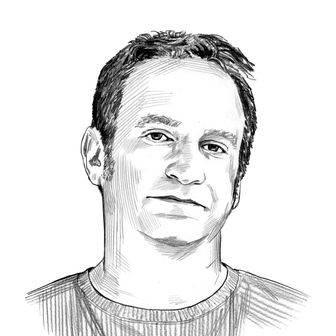
After several months of steadily low case numbers, New York City has seen a significant spike in coronavirus cases over the past few days, and both Mayor Bill de Blasio and Governor Andrew Cuomo are sounding the alarm — just as the city’s public schools open their doors to hundreds of thousands of students.
For the first time since June 3, the city’s positive-testing rate — seen as one of the most reliable indicators of the virus’s prevalence in a community — was over 3 percent on Tuesday, after a 1.93 percent rate on Monday. These would be considered low numbers in many areas of the country, but the change constitutes a setback for the city, which has kept rates closer to one percent for many weeks since its disastrous spring and has become something of a model for the rest of the country.
The increase is being driven by hot spots in nine zip codes in Brooklyn and Queens, including Gravesend, Borough Park, and Kew Gardens.
One thing all these areas have in common: a large Orthodox Jewish population. The insular community has often been resistant to social distancing and mask-wearing during the pandemic, and several large gatherings have been disrupted by authorities. Last week, de Blasio, who has had a complicated relationship with Orthodox Jews during his tenure, ordered the health department to enforce public-health protocols in the hot spot areas and threatened to shut down future gatherings.
Governor Cuomo highlighted those neighborhoods on Wednesday, along with other Orthodox-heavy communities in Rockland County that are also seeing an increase in case positivity, which is contributing to an upward tick in the state’s overall rate. Cuomo said he would meet with religious leaders to try to “stamp out the embers” of the outbreaks.
Mayor de Blasio said that the city would begin issuing fines to anyone not wearing a mask in public, possibly force some businesses to close, and enforce a size limit on gatherings. The city’s restaurants are set to resume indoor dining at 25 percent capacity on Wednesday — a plan that, for now, is still going forward.
In July, the mayor said that if the rolling positivity rate were at or above 3 percent for a week, schools in the city would not reopen. Public schools did reopen this week, after a delay, for K–5 and K–8 students. As of Wednesday, the rolling seven-day average is 1.38 percent, and de Blasio stressed again that he would look at several days’ worth of data to determine any new course of action. If schools were to close again, it would be yet another blow to parents and teachers in what has already been a fractured and chaotic school year.






























